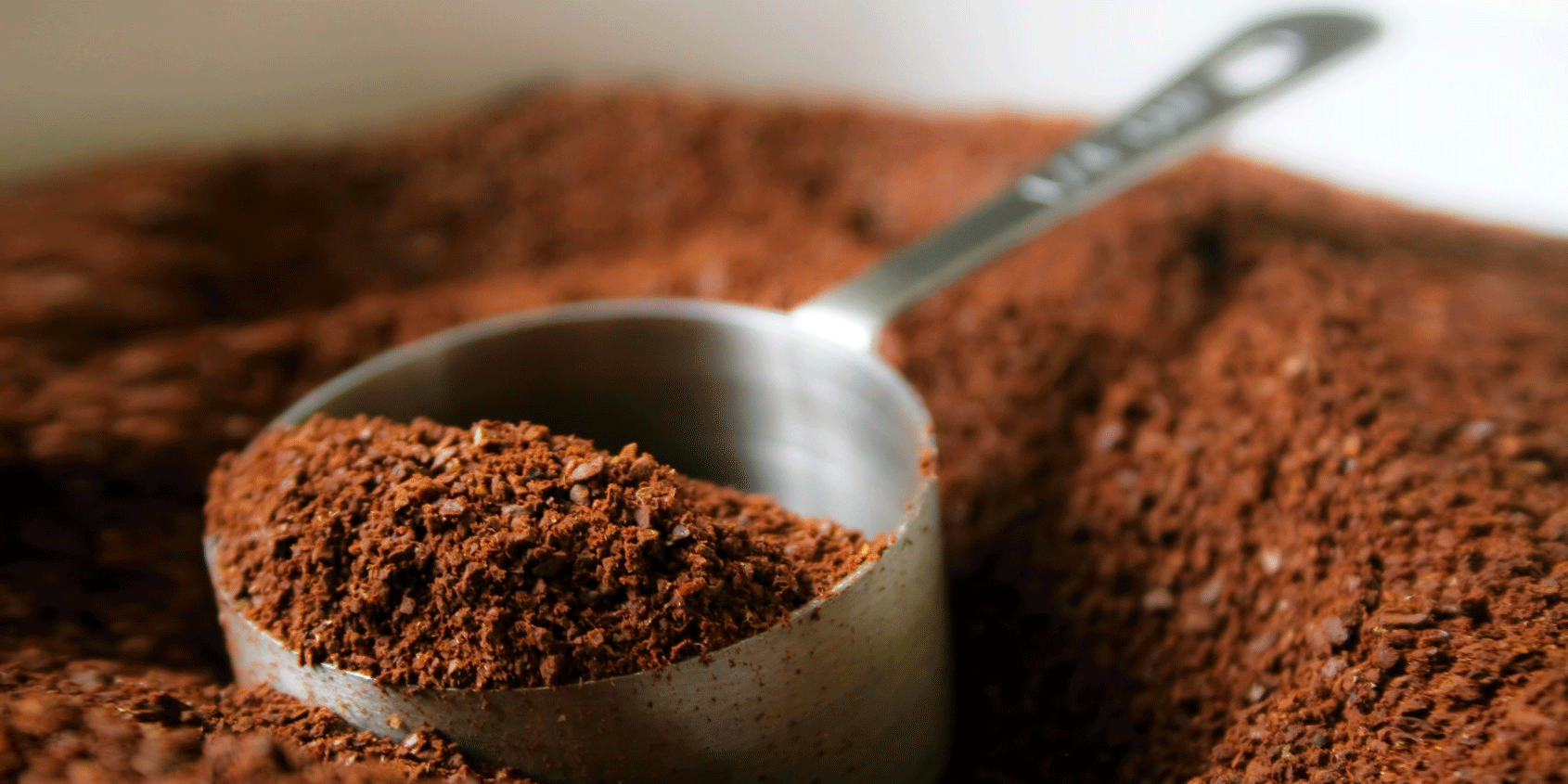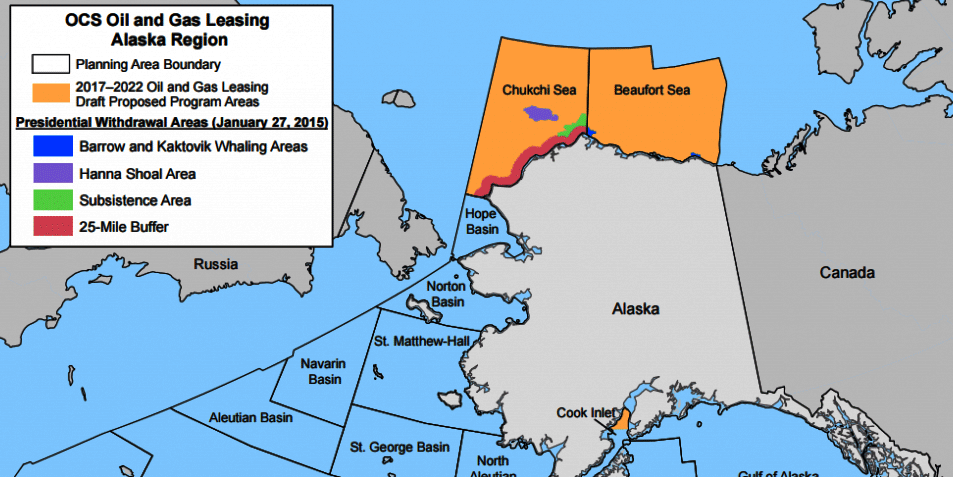
我们可以想象一下,人们每天会煮多少壶咖啡,又会有多少咖啡残渣倒进下水道!这些残渣能否用来储存甲烷中的碳元素呢?这样会不会就可以终止“燃烧时代”了?如果真是这样,那么,将来我们就可以将咖啡残渣、茶叶渣或酒糟用作碳的存储体了。
在英国物理协会出版社(IOP)2015年9月出版的《纳米技术》杂志中有一篇文章写到,韩国蔚山国家科学技术研究所(UNIST)的科研人员发明了一种可以将咖啡残渣转化成碳存储体的新技术。
当然,研究人员必须利用最好的咖啡残渣进行分析研究,他们将100%纯度的哥伦比亚咖啡豆进行深度烘焙和精细研磨,从而探寻一种简单、廉价地存储大气中甲烷的方法。

将咖啡残渣浸泡在氢氧化钾溶液中,加热至65摄氏度(149华氏度)并搅拌24小时,然后将混合物烘干。
按文章中所述,先将混合物放在100摄氏度(212华氏度)的烘箱中干燥,再放置于700-900摄氏度的氩气熔炉中激活其对碳的储存能力。以上便是文章中记载的方法。
不到一天的时间,我们就可生产出性质稳定的能够对碳进行储存的物质,科研人员称,他们制作的这种材料与制作其他类型的碳储存载体相比,用时更短。
韩国蔚山国家科学技术研究所(UNIST)的元老级研究员Christian Kemp说,“与金属和价格昂贵且必需的有机化学品相比,咖啡渣这种废弃的原料是免费的,我认为这是一种简单且长远的方法。”
其实,在Kemp盯着杯子里的咖啡残渣出神的时候,他突然找到了灵感,才想到了这一方法。“我们正坐在一起喝咖啡,我看着咖啡残渣,想到‘我们是否可以用这个来储存甲烷呢?’”
当咖啡残渣将甲烷捕集和储存之后,它可被当作一种能源来使用。根据目前的初步预测,我们可以实现在工业上对它进行利用。
另外一种物质,茶叶渣的用处可能并不多,对茶叶渣的研究就像阿拉斯加海底的北极开发工程这个典型的例子。
9月28日,荷兰皇家壳牌公司确认,该公司已经放弃对阿拉斯加楚科奇海的Burger Jwildcat油田的勘探开发。
壳牌公司在北极开发工程中投资了70亿美元,虽然也开发出了一些石油和天然气,但产量甚少,事实证明,Burger已经没有继续开发的价值了。

还有一个案例就是令人失望的Beaufort海域的Mukluk1井。这个井可以说是众所周知了,1984年1月20日,以BP公司为首的石油公司最终封堵并终止了对Mukluk油井的开发计划。当时人们认为这个工程的风险很小,结果却证明,Mukluk油井曾是史上耗资最多(4.3亿美元)的一口无油井。
但是,就像Burger Jwildcat油田一样,即使地震图像看起来再好,也不一定就没有风险。在油气行业里有一条基本原则——公司只有钻井以后,才能知道到真实情况究竟如何。
这也印证了我们上文所述的对茶叶渣的研究,虽然经过了大量繁琐的实验,但是我们最后却发现其在存储甲烷方面用处并不大,令人欣慰的是,我们确定了咖啡残渣在储存甲烷方面的潜力。虽然这项技术在理论上是可行的,但是暂时还没有进行现场应用,我们也期待将来能看到咖啡残渣在环保方面所做的贡献。
Imagine how many pots of coffee are brewed each day and the incredible amounts of coffee grounds that are tossed in the trash. What if those coffee grounds could be used for methane carbon storage instead? Would that be the end of flaring as we know it? That’s when you could use a good fortune teller to divine the future of carbon storage from reading coffee grounds, tea leaves or wine sediments.
Researchers at the Ulsan National Institute of Science and Technology (UNIST) in South Korea have found a way to modify used coffee grounds into a carbon-capture material, according to an article in the September 2015 journal Nanotechnology from IOP Publishing. Of course, the researchers had to use the best coffee grounds—100% Colombian coffee, dark roast, fine ground—to devise a simple, inexpensive method for removing methane from the atmosphere.
The coffee grounds were steeped in a solution of potassium hydroxide, heated to 65 C (149 F) and stirred for 24 hours. The mixture was then dried.
This concoction was then dried in an oven at 100 C (212 F) before finally being subjected to temperatures of 700 C to 900 C (1,290 F to 1,650 F) in an argon-atmosphere furnace to activate its carbon-capture properties, according to the article.
This resulted in the production of a stable carbon-capture material in under a day, which the researchers claim is much quicker than the time taken for the production of other carbon-capture materials. Christian Kemp, who was an original researcher on the work at the UNIST, said, “The waste material is free compared to all the metals and expensive organic chemicals needed in other processes—in my opinion this is a far easier way to go.”
It all started with Kemp staring at the coffee grounds in his cup. “We were sitting around drinking coffee and I looked at the coffee grounds and thought ‘I wonder if we can use this for methane storage?’”
After capturing and storing methane, the coffee grounds could then be used as a fuel. Now that’s a prediction the industry could use.
Another area where reading tea leaves isn’t always helpful is in exploration. Just ask operators about Arctic exploration offshore Alaska.
On Sept. 28 Royal Dutch Shell confi rmed the Burger Jwildcat in Alaska’s Chukchi Sea was being plugged and abandoned.
After investing some $7 billion in Arctic exploration, Shell came up with some oil and gas shows but nothing that would warrant further exploration in the Burger prospect.
All that activity raises the specter of Mukluk 1 in the Beaufort Sea. This may sound familiar. The Mukluk well was plugged and abandoned by a BP-led consortium on Jan. 20, 1984. At that time, it was the most expensive dry hole ever drilled—$430 million. It was considered a low-risk development.
But, just like the Burger J, even the best looking seismic doesn’t always end up being low-risk. That’s still one of the basic tenets of the industry—a company doesn’t know what it has until it drills the well.
未经允许,不得转载本站任何文章:


 石油圈
石油圈

